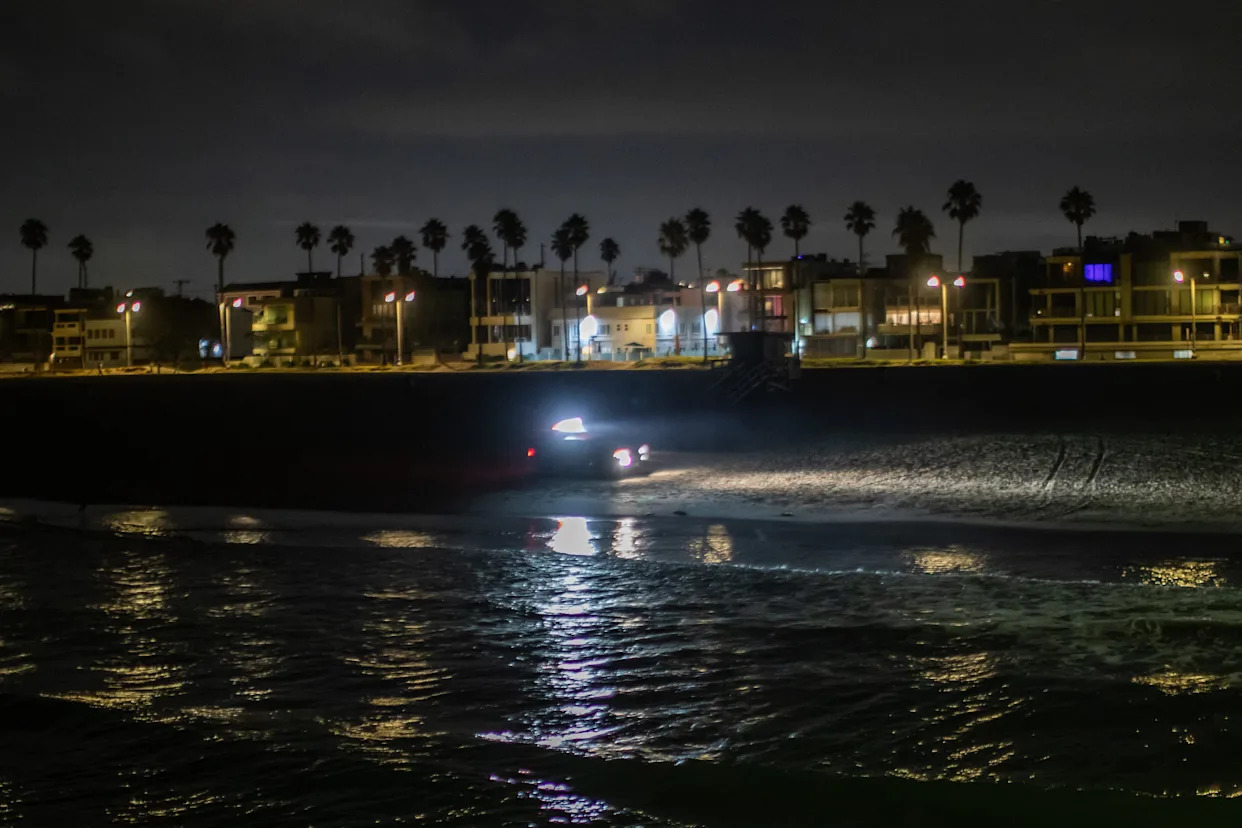
(This story was updated to add new information.)
Tsunami warnings and advisories remain in effect for a swath of California’s coast Wednesday after a magnitude 8.8 earthquake off Russia’s Kamchatka Peninsula threatened to bring dangerous waves to the West Coast.
Tsunami activity continued to build in the early hours of Wednesday, July 30, The National Weather Service Eureka reported. The first tsunami waves began to impact their coastal area earlier, according to a report made just after midnight.
National Weather Service offices reported overnight the timings of when the tsunami began to reach California’s coast.
The tsunami had reached Arena Cove and was making its way down the coast, the NWS Los Angeles reported after midnight. At 2:04 a.m., the NWS office said that the Port San Luis gauge showed a rapid and damaging surge, going from low to high tide in just a few minutes.
Further down the coast, the first tsunami wave reached La Jolla shores at 1:45 a.m., registering less than half a foot, said the NWS San Diego.
But the threat isn’t over, officials are reminding.
Here’s where a tsunami advisory remains in effect as of early Wednesday, July 30.
Tsunami warnings, advisories for California so far Wednesday
According to the National Tsunami Warning Center, a tsunami warning remains in effect for the coastal areas of California from the Humboldt/Del Norte line to the California-Oregon border. Meanwhile, a tsunami advisory remains in effect for the coastal areas of California from Rincon Point up to the Humboldt/Del Norte line.
But not all of California is under threat as of early Wednesday, July 30.
The National Tsunami Warning Center announced before 6 a.m. that the tsunami advisory has been canceled for the coastal areas of California from the California-Mexico border to Rincon Point, which is 15 miles southeast of Santa Barbara.
What is a tsunami warning versus a tsunami advisory?
A tsunami warning is the highest level of an alert issued, meaning dangerous coastal flooding and powerful currents are possible, according to the National Weather Service. People are urged to move to high ground or inland. The second-highest level of alert is a tsunami advisory, in which it’s possible that strong currents and waves pose danger to those in and very near water. People are urged to stay out of the water and stay away from beaches and waterways.
Was there tsunami damage in California?
It doesn’t appear that California has sustained any significant damage as of early Wednesday due to the tsunami. Santa Monica said that no major impacts have been reported in the city or Los Angeles County in a post on X.
San Francisco Mayor Daniel Lurie said that the city has seen “limited impacts from tsunami waves overnight” in a post on X.
“We’re not anticipating morning commutes to be significantly affected at this time,” Lurie said.
‘A tsunami is not just one wave’: Officials remind Californians to stay safe
Meteorologists are reminding people that a tsunami is not just one wave, but rather a “packet of waves that can last for several hours.”
The NWS San Francisco Bay Area provided that information in a post on X with a time lapse of Pillar Point Harbor in Half Moon Bay, in which boats could be seen rocking up and down.
They described the “rapid surging of water” as something that can create dangerous currents.
Meanwhile, Los Angeles County Lifeguards are advising the public to stay out of the ocean due to hazardous currents, Santa Monica said on X.
Far north, Crescent City is alerting residents that portions of the city, including its Beachfront Park, B Street Pier, and surrounding beaches, are closed Wednesday until it's deemed safe for people to return.
How many tsunamis have hit California?
More than 150 tsunamis have hit California’s shore since 1800, according to the California Geological Survey. Many were barely noticeable, but a few have caused fatalities or significant damage — most recently, the 2011 tsunami that not only devastated Japan but caused $100 million of damage to California ports and harbors.
Related: New study finds these California coastal cities face heightened tsunami danger
Moss Landing Harbor in Monterey County sustained severe damage during the 2011 tsunami in Japan. Almost all dock piles were damaged and had to be replaced. Damages totaled more than $2 million with 2020 inflation.
The most destructive tsunami to hit California occurred on March 28, 1964, in Crescent City in northern California. Several surges reaching 21 feet high swept into the city near the Oregon-California border four hours after a magnitude 9.2 earthquake in Alaska. The tsunami killed 11 people and destroyed or damaged 289 buildings, causing an estimated $15 million in damage in 1964 money.
Paris Barraza is a trending reporter covering California news at The Desert Sun. Reach her at [email protected].
This article originally appeared on Palm Springs Desert Sun: Tsunami news: When it reached California, Wednesday warnings

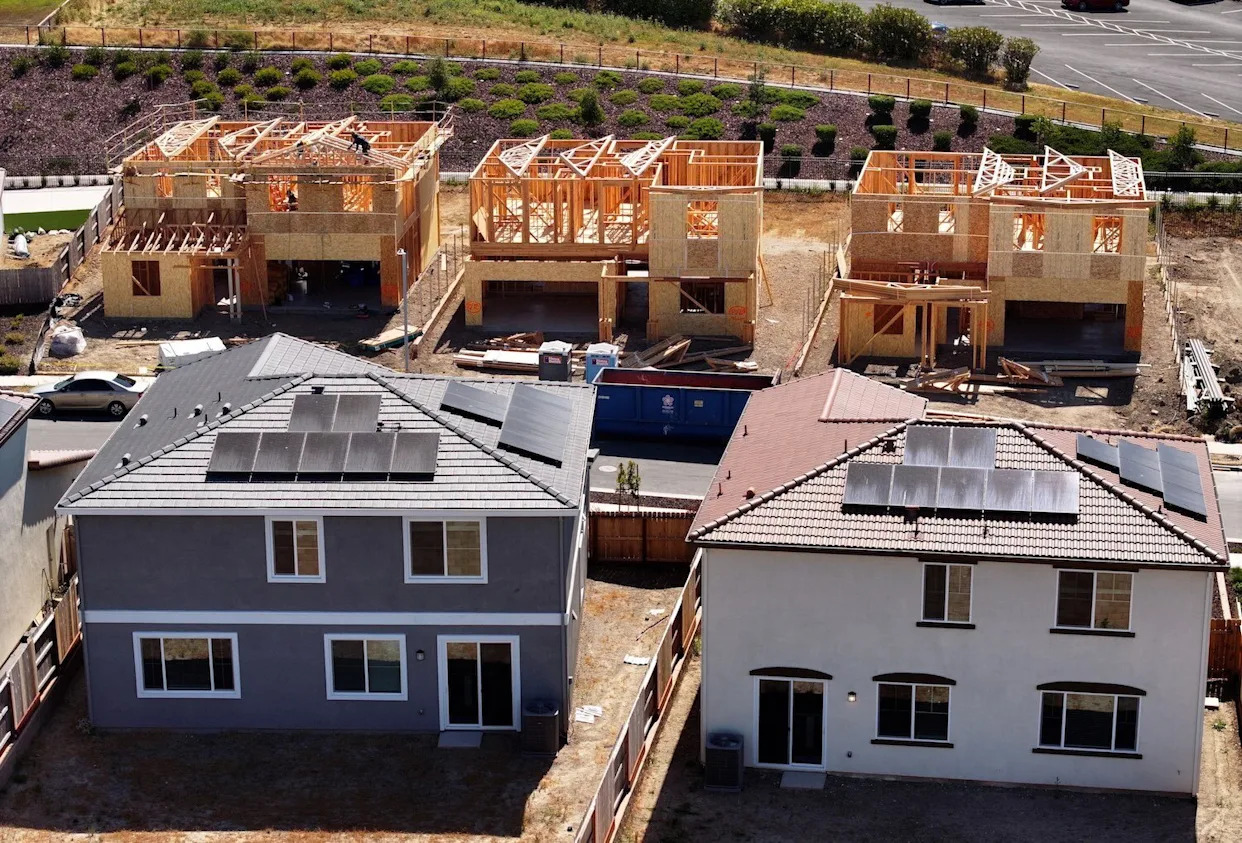
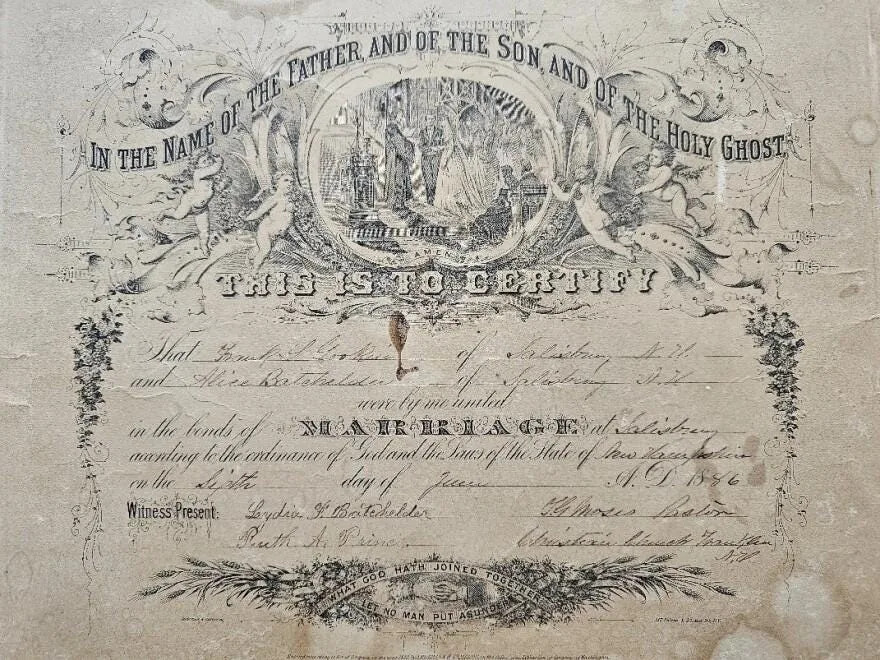
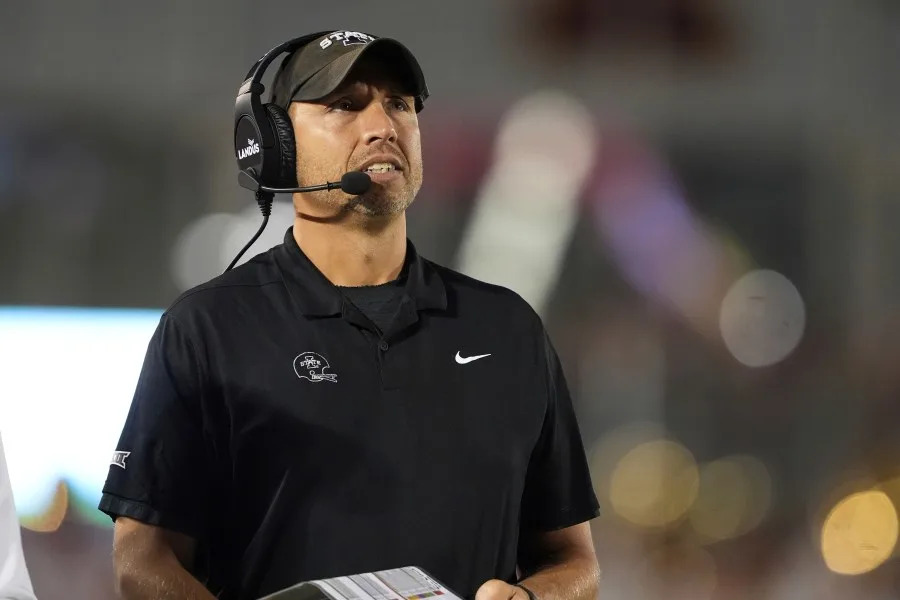



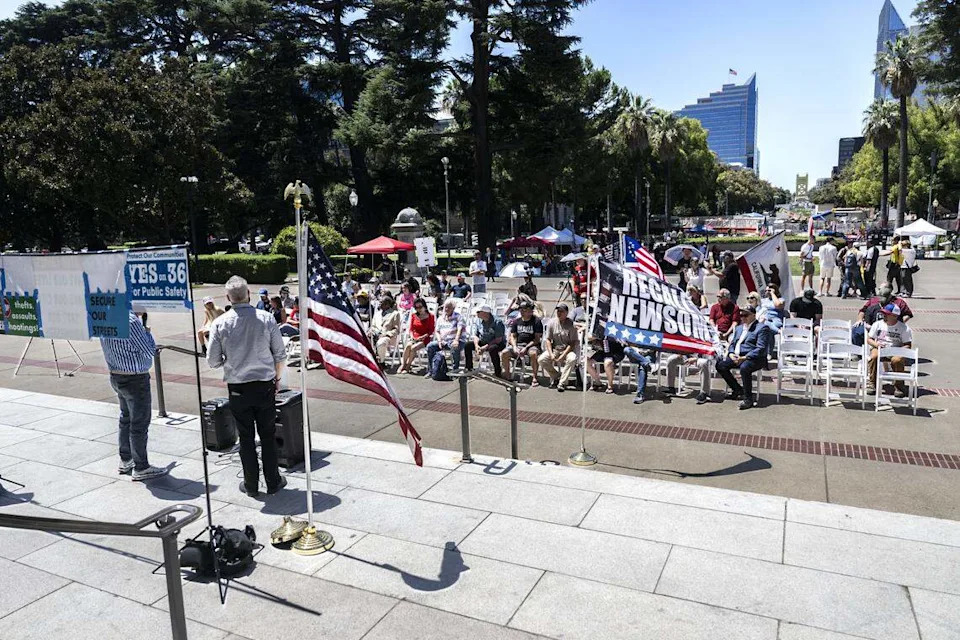
Comments